
OR
Tourism breathing life into dying art of pottery
Published On: January 4, 2019 07:55 AM NPT By: PAWAN KHANAL
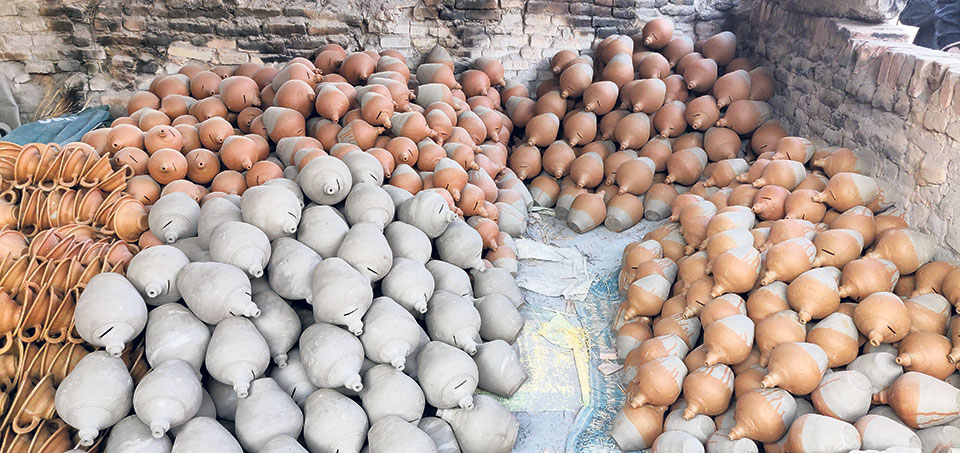
KATHMANDU, Jan 4: Under a blazing winter sun in a corner of a maze of old buildings and temples, Dinesh Kumar Prajapati, 70, kneads lump of clay. His ancestors did the same. Knead clay, put it on wheels to mold them into desired shapes, bake them in furnaces, and sell them in the market.
“It runs in the family,” he shares.
After practicing the art for nearly six decades, he is happy that his two sons have now taken up the mantle.
“This is not just a business. It is our legacy, and it is getting better,” Dinesh Kumar’s son Bishnu Prasad says.
It will probably get better as long as the tourist footfalls continue to rise.
Pottery has always been an influential practice to shape the rustic ambience of the area. But it is becoming a very rare sight as the society braces modernism.
Bishnu Prasad, who has been involved in pottery for 20 years, shares: “Before steel utensils came along, our products used to dominate. Now, we are on the back foot.”
And rightly so, consumers who look for potteries are foreign tourists.
Amanda Summers, who hails from California, is one among them. Amanda, who has been doing business and social work in Nepal for the past eight years, says: “I’d love to do something to bring this community into the limelight.” Among others, she envisions installing solar-powered furnaces and filtration systems to kill the goofy black smoke that billows from chimney of furnaces that were set up by World Craft Organization and Federation of Handicraft Associations of Nepal after the 2015 earthquakes.
Along the square laid with shiny but unbaked khutruke – Nepali piggy bank, about 200 locals participate in the art of pottery in Bhaktapur Durbar Square – a UNESCO World Heritage site. The art is thriving in this major tourist hub and the pottery square has gained a name among travelers as the “Last Square” as sightseeing tours often end this old rustic small square.
The financial side of the practice has been bolstered by the rising demand from foreigners as well as Nepalis as the country gears up for Visit Nepal 2020 campaign.
Bishnu Prasad, sitting beside his motorized-pottery wheels, shares that his family earns about Rs 40,000 a month. Molding the clay into a khutruke, he reminisces: “When I started, a big khutruke used to go for one-and-a-half rupees. Now, an average size khutruke cost Rs 25 per unit.”
Similarly, Binod Kumar Prajapati, another member of the community says: “We earn about 300,000 to 400,000 rupees annually, and it has helped our community in keeping our 300-year-old legacy of pottery alive.”
Although the practice is increasingly becoming more mechanized, it is not without its woes. “Mechanization has helped us to reduce cost. However, the soil that we used to extract free now has a price label,” says Binod.
According to the Prajapati community, a tractor-load of soil extracted in Harisiddhi of Lalitpur now costs Rs 7,000. The community expects the cost of production to increase in the near future, thanks to rapid urbanization in the extraction site.
Talking about the trouble that the community has to go through to get the soil, Binod says they will have to source soil from places outside the valley once Harisiddhi site becomes unviable. He estimates that the cost could double to Rs 14,000 per tractor if that happens.
Modernization is the other wall that the community must break if it wants to thrive in its legacy. The younger generations of the community are increasingly becoming less susceptible to preserve their generations-old legacy. And, the generation that guides them, even though are experiencing good times, are not confident that the pottery business will be able to bring in sustainable income over the span of years.
“Things are not bad now. But, we are really not confident that this line of businesses will survive over the next three generations,” adds Bishnu Prasad.
The Prajapati community, however calm as they are, faces many uncertainties over their profession’s rising operation cost, and a growing number of disinterested youths among the young generations.
Dinesh Kumar, with a hint of worry on his face, says, “This is our way of life but, I feel that this culture is about to change and I don’t know what it will look like.”
You May Like This

Tourism promotional program organized in Bangkok
KATHMANDU, June 18: The Embassy of Nepal in Thailand in collaboration with Nepal Tourism Board (NTB) and the Society of Travel... Read More...

Complete education, full health could double Nepal's GDP per capita: WB
KATHMANDU, June 7: Nepal has the potential to double its Gross Domestic Product (GDP) per capita in the long run if... Read More...
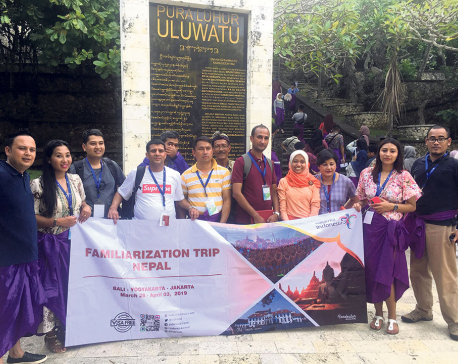
Nepali, Indonesian entrepreneurs discuss tourism cooperation
BALI, Indonesia, April 6: Tourism entrepreneurs of Nepal and Indonesia have started dialogue to promote tourism between the two countries. Read More...


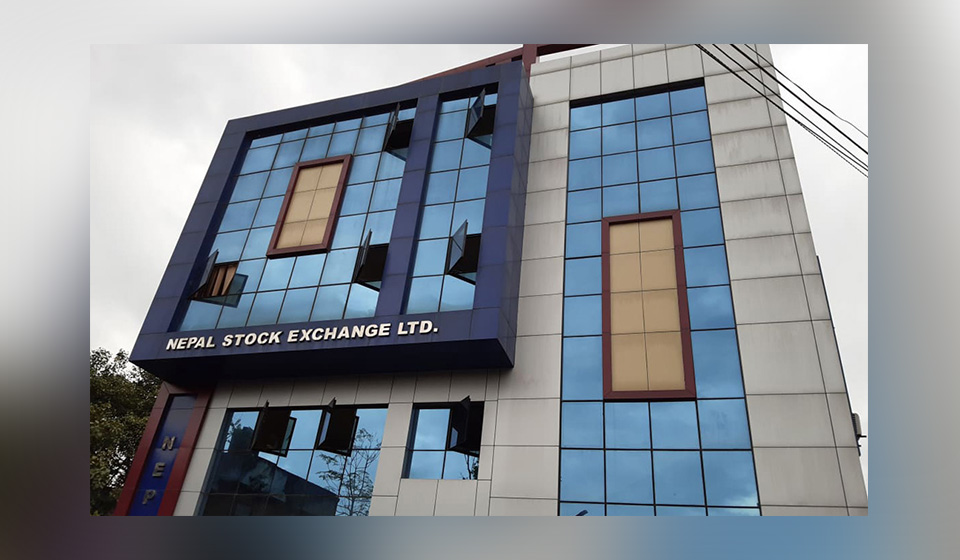



Just In
- Construction of embankments along seven streams begins in Kailali
- 265 cottage and small industries shut down in Banke
- NEPSE lost 53.16 points, while investors lost Rs 85 billion from shares trading last week
- Rainbow tourism int'l conference kicks off
- Over 200,000 devotees throng Maha Kumbha Mela at Barahakshetra
- Indians vote in the first phase of the world’s largest election as Modi seeks a third term
- Kushal Dixit selected for London Marathon
- Nepal faces Hong Kong today for ACC Emerging Teams Asia Cup









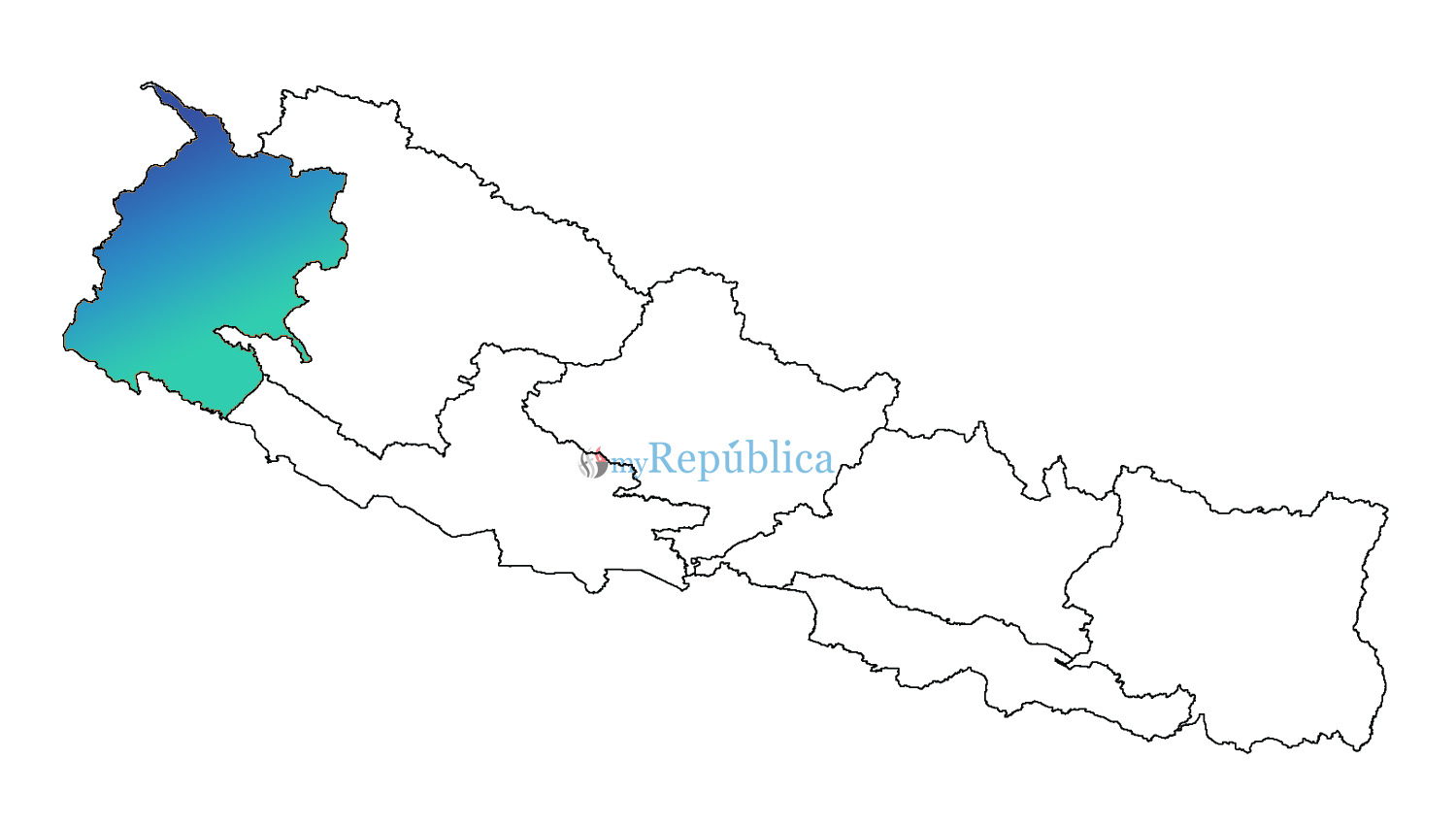
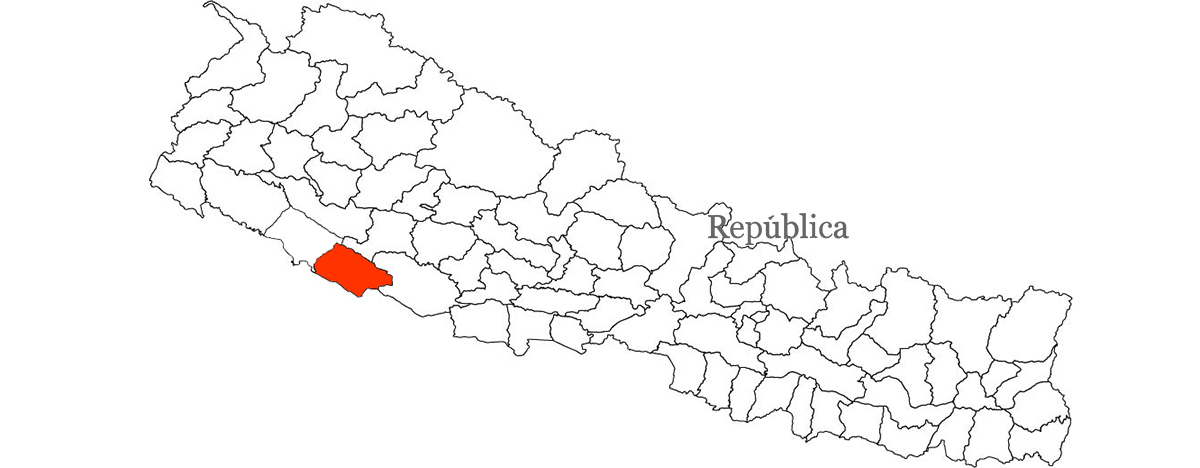
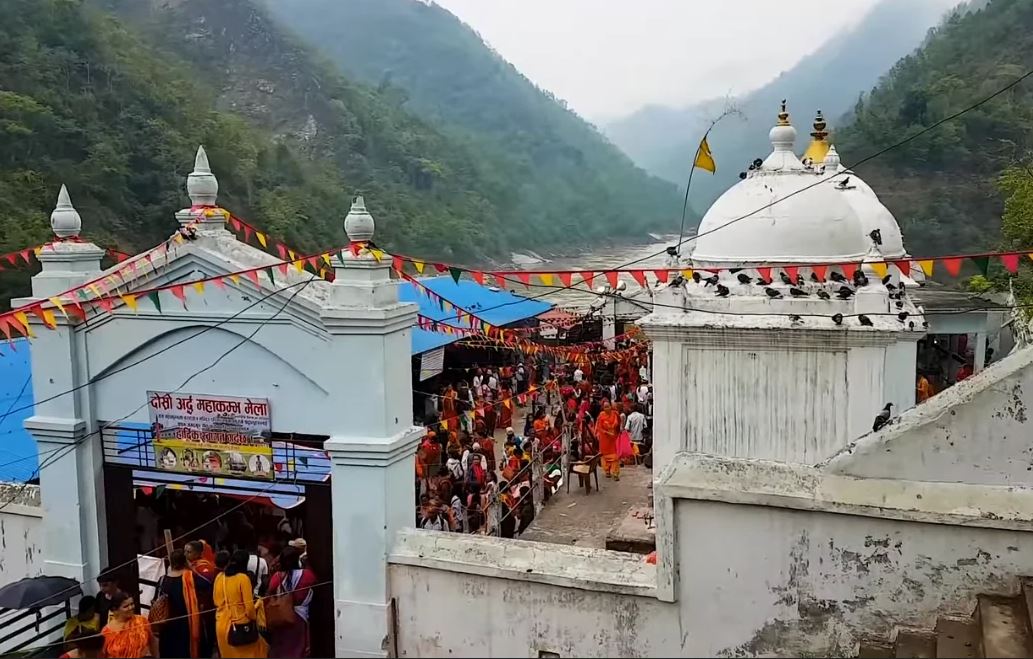

Leave A Comment